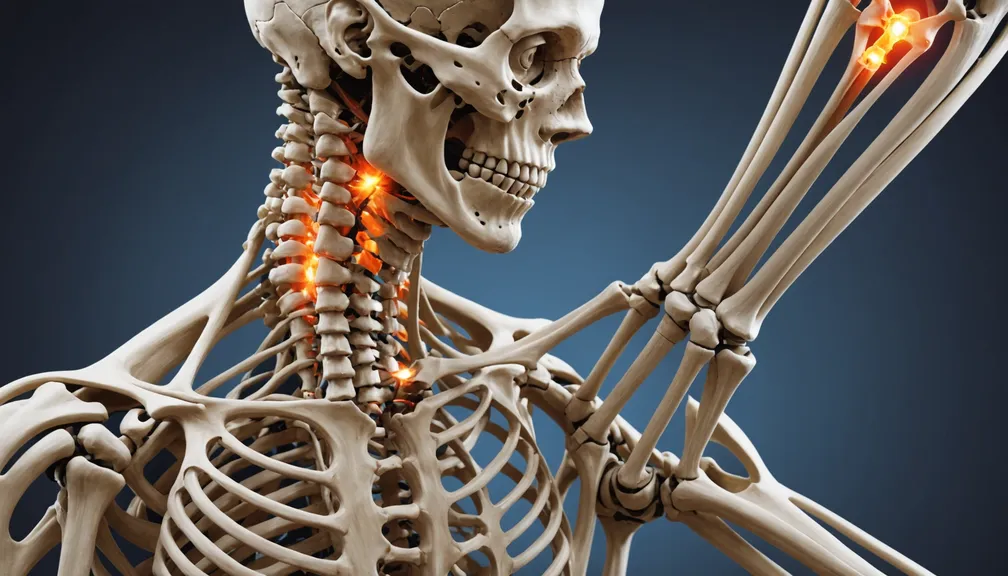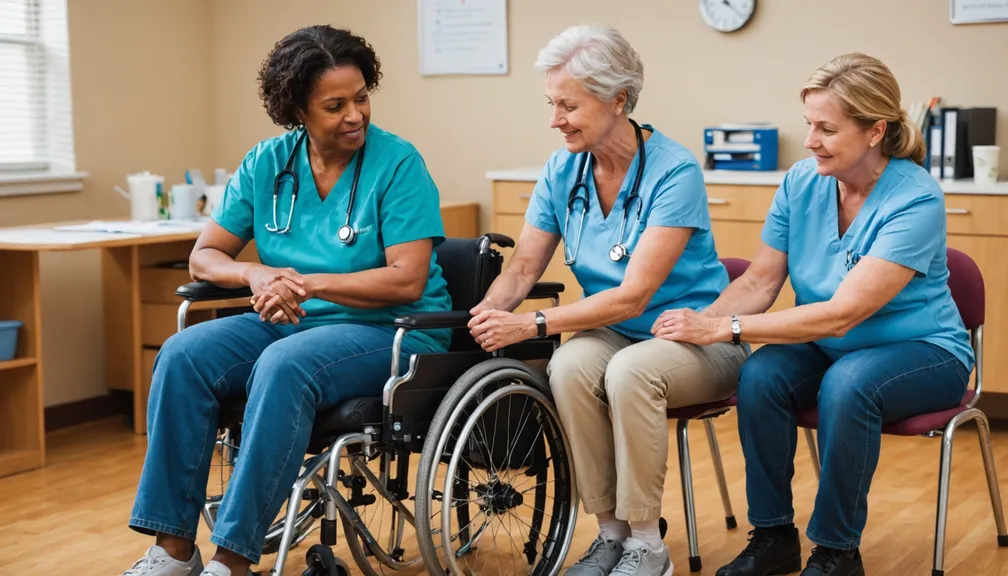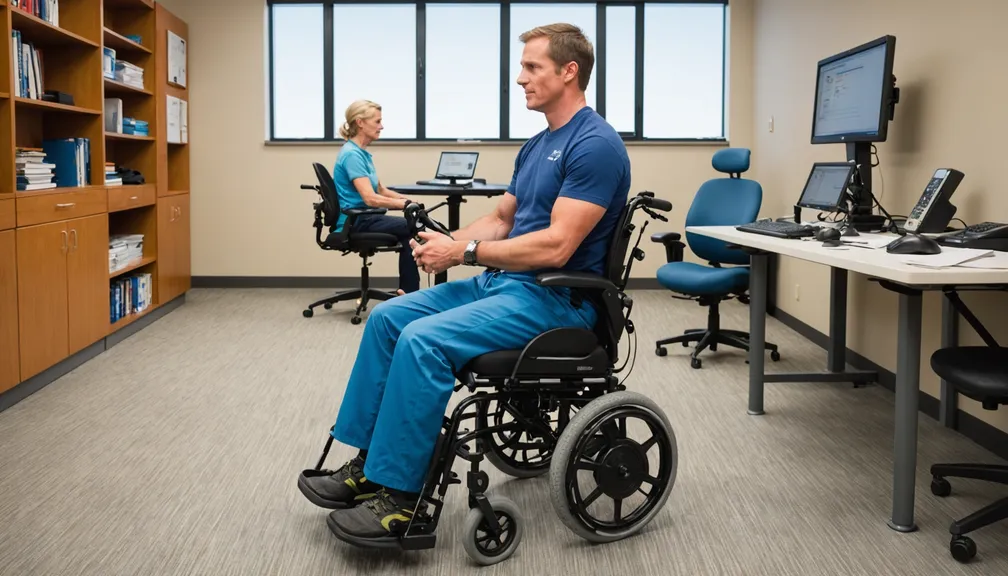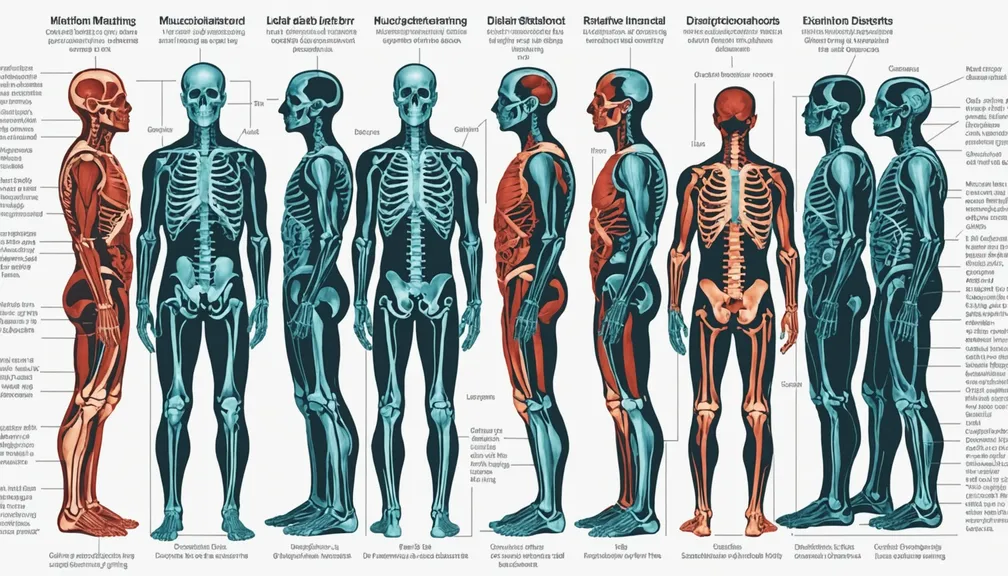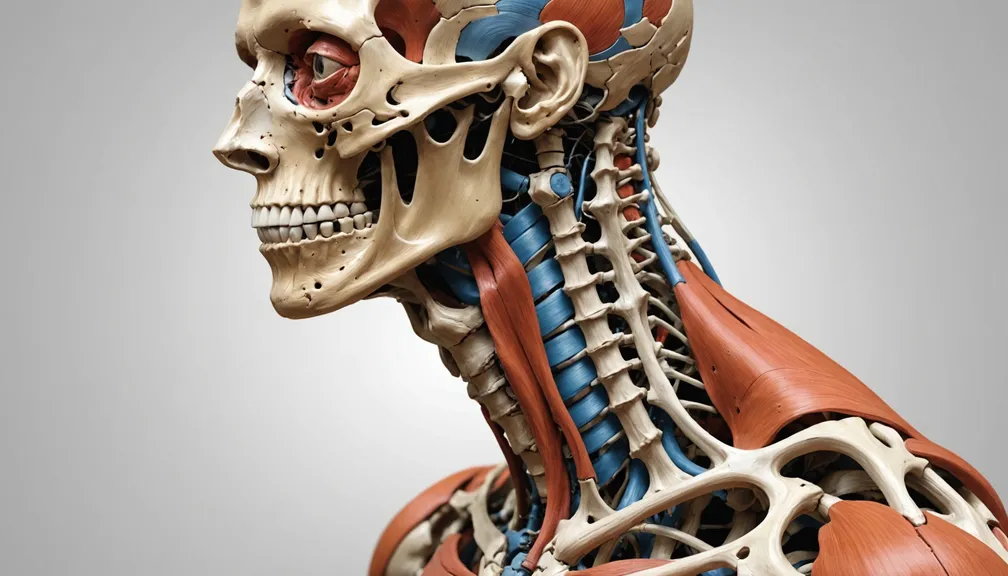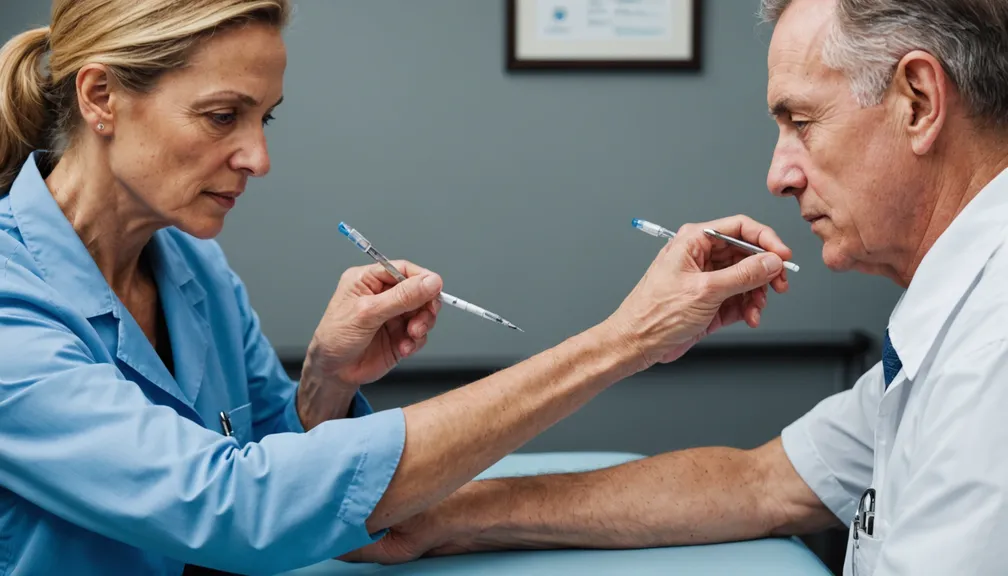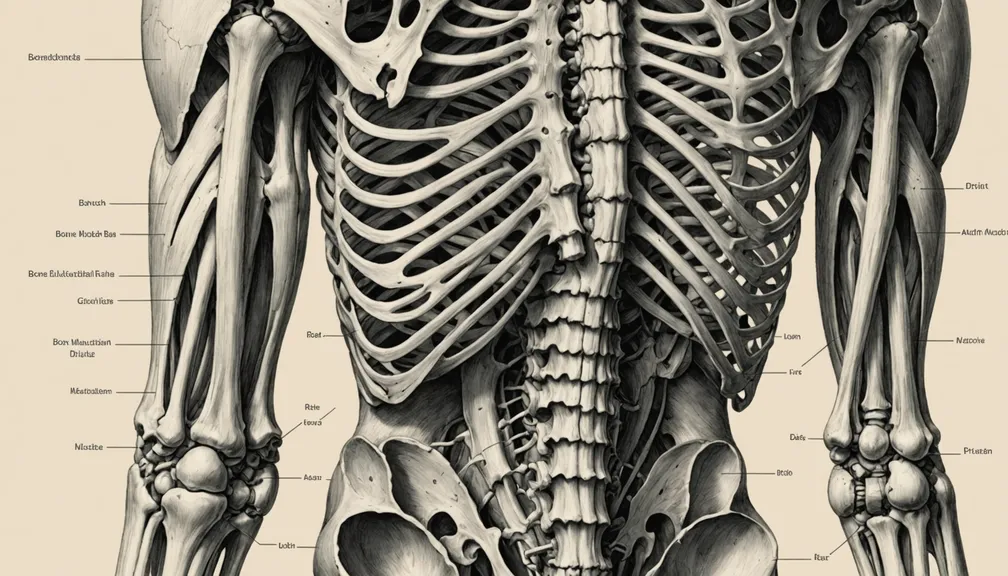Adaptive Equipment: Enhancing Mobility and Independence
Understanding Adaptive Equipment
Adaptive equipment refers to tools and devices designed to help individuals with physical challenges perform daily activities more easily and safely. For those with rare musculoskeletal disorders, such equipment can significantly enhance mobility and promote independence, improving overall quality of life.
Types of Adaptive Equipment
1. Mobility Aids
- Wheelchairs
- Manual Wheelchairs: Operated by the user or a caregiver, ideal for those with upper body strength.
-
Powered Wheelchairs: Controlled with a joystick, suitable for individuals with limited upper body mobility.
-
Walkers and Canes
- Walkers: Provide stability and support for walking, especially on uneven surfaces.
-
Canes: Offer balance assistance for those who need minimal support.
-
Scooters
- Electric Scooters: Enhance mobility for longer distances, reducing the need for walking.
2. Assistive Devices for Daily Living
- Grab Bars
-
Installed in bathrooms and other key areas to provide stability and prevent falls.
-
Ramps
-
Facilitate easy access to buildings and homes by overcoming steps and thresholds.
-
Adaptive Utensils
- Designed with special grips or weights to make eating easier for those with limited hand strength.
3. Orthotic Devices
- Braces and Splints
-
Support and stabilize joints and muscles, reducing pain and preventing further injury.
-
Custom Orthotics
- Custom-made devices tailored to the individual's specific needs to improve posture and mobility.
Selecting the Right Equipment
Assessing Your Needs
- Evaluate Daily Activities: Identify which tasks are challenging and determine the appropriate equipment to assist.
- Consider Mobility Levels: Choose devices that match your current mobility to ensure comfort and effectiveness.
- Space and Environment: Ensure that the equipment fits well within your living and workspaces.
Consulting with Professionals
- Occupational Therapists: Assess daily living activities and recommend suitable adaptive equipment.
- Physical Therapists: Evaluate mobility needs and suggest appropriate mobility aids.
- Orthotists/Prosthetists: Design and fit custom orthotic devices tailored to your specific requirements.
Getting Started with Adaptive Equipment
Training and Support
- Proper Training: Learn how to use the equipment correctly to maximize benefits and ensure safety.
- Support Groups: Connect with other individuals using similar equipment for shared experiences and tips.
Maintenance and Care
- Regular Maintenance: Keep devices in good working condition through routine checks and servicing.
- Safe Storage: Store equipment properly to prevent damage and ensure longevity.
Tips for Enhancing Independence
- Home Modifications:
- Accessible Layout: Arrange furniture to create open pathways for easy movement.
-
Accessible Bathrooms and Kitchens: Install necessary aids like grab bars and accessible countertops.
-
Planning and Organization:
- Organize Essential Items: Keep frequently used items within easy reach to minimize unnecessary movement.
- Use of Technology: Utilize apps and devices that can aid in daily planning and reminders.
Healthcare Professionals Who Can Help
- Physical Therapists: Assist in improving movement and managing pain through tailored exercises and treatments.
- Occupational Therapists: Help adapt daily activities and environments to better suit individual needs.
- Orthotists/Prosthetists: Provide custom orthotic and prosthetic devices to enhance mobility and functionality.
- Rehabilitation Specialists: Offer comprehensive care plans that address various aspects of living with a musculoskeletal disorder.
Final Thoughts
Utilizing adaptive equipment effectively can transform daily living, making tasks more manageable and fostering greater independence. Collaborating with healthcare professionals ensures that you select the right tools tailored to your unique needs, promoting a more active and fulfilling life.
